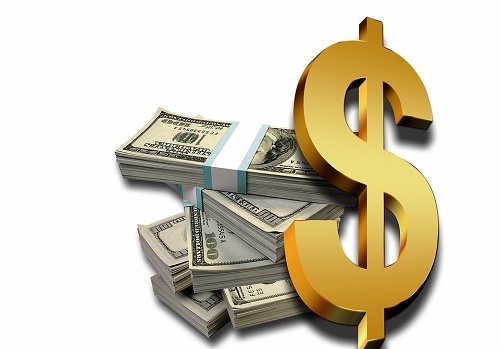
By Roger J Kerr

The New Zealand dollar has weakened towards 0.7000 against the USD through a combination of rising US interest rates from the Federal Reserve and reiteration from the Reserve Bank of New Zealand that our interest rates are not likely to move upwards for a considerable time yet.
The rapidly closing interest rate differential between the two currencies is coming right back into the market’s focus and prompting Kiwi dollar selling.
As has been highlighted in this column previously, the big difference in the NZ dollar drivers in 2017 compared to 2016 will be the absence of the “carry-trade” investors/speculators from the market this year as the interest rate advantage for holding Kiwi dollars is just not there.
Last year carry-trade related buying pushed the NZD/USD exchange rate up to 0.7000 and held it above there because the RBNZ was slow to reduce the OCR through the middle part of 2016.
The RBNZ did finally cut the OCR in August and November, however by that time the Kiwi dollar was well above 0.7000 and stayed up there due to a very strong local economy and rising dairy commodity prices at the time.
Fast forward to today and the monetary policy/interest rate equation has certainly changed. New Zealand’s OCR is staying at 1.75% and three 0.25% increases by the US this year will have their short-term interest rates up to the 1.25% -1.50% level. Therefore, no great incentive for the punters to invest in NZD’s and borrow USD’s to do so.
Last week through Janet Yellen’s speech and other speeches from US Federal Reserve Governors, the interest rate market in the US finally got the message that the Fed are very much on track to lift their short-term interest rates by 0.25% this month.
The US dollar did not strengthen any further on the change to the US interest rate forward pricing, as the currency markets were already building in such a probability.
The sharply lower NZD/USD rate from near 0.7200 to 0.7030 as a result of the RBNZ reaffirming their “neutral” monetary policy stance, combined with a stable USD against the major currencies, pulled all the NZD cross-rates lower.
The NZD/EUR and NZD/AUD cross-rates at 0.6630 and 0.9270 respectively are at their lowest levels in several months. Exporters in Euro’s and Aussie dollars will be relishing the opportunity to enter forward currency hedging at much more attractive spot exchange rates.
Up until a few weeks ago it appeared that whole milk powder commodity prices were consolidating their late 2016 gains from US$2,000/MT to well above US$3,000/MT in the globally traded dairy products marketplace.
However, there were warning signs that Chinese import warehouses were full up on product and New Zealand milk production has recovered through the summer months from the cold and wet 2016 spring that reduced volumes.
The whole milk powder futures markets are now pricing below US$2,900/MT and the earlier price consolidation mode appears to have given way to a new downtrend in whole milk powder prices.
As stated on previous occasions, the price direction of our key commodity (dairy products) is often the wild card that causes NZD/USD movement when other forces are reasonably evenly matched.
The stronger US dollar on the world stage has been countered to date by the continuing strong NZ economic data, leaving the Kiwi dollar very stable in a tight trading range. That stability for the Kiwi is now being tested on the downside as dairy prices soften. The Global Dairy Trade auction this week should confirm the futures price weakness as buyers hold back and more supply volume is placed on to the market.
Political risk will be a factor for the Euro exchange rate value over coming months as voters in the Netherlands and France potentially favour anti-EU candidates. It is difficult to see the EUR/USD rate holding above $1.0600 as the underlying pillars of the European Economic Union are threatened by political change in member states. Further Euro currency weakness has to be expected from these upcoming political shifts.
Here at home, we have some potential for our own “political risk” impacting negatively on the Kiwi dollar should the Labour/Greens coalition start to reduce the current wide gap in the political opinion polls to the ruling National Party.
Offshore investors into the Kiwi dollar have been impressed by the current Government’s fiscal policy achievements in returning the books to surplus from large deficits seven to eight years ago.
A different set of economic policy prescriptions from a Labour/Greens government (should they be successful) would see the budget surpluses disappear with the pledges of much higher Government spending. International portfolio investors into NZ bonds and equities would certainly be reducing their weightings should the political risk escalate due to opinion poll trends.
Daily exchange rates
Select chart tabs
Roger J Kerr contracts to PwC in the treasury advisory area. He specialises in fixed interest securities and is a commentator on economics and markets. More commentary and useful information on fixed interest investing can be found at rogeradvice.com




We welcome your comments below. If you are not already registered, please register to comment.
Remember we welcome robust, respectful and insightful debate. We don't welcome abusive or defamatory comments and will de-register those repeatedly making such comments. Our current comment policy is here.